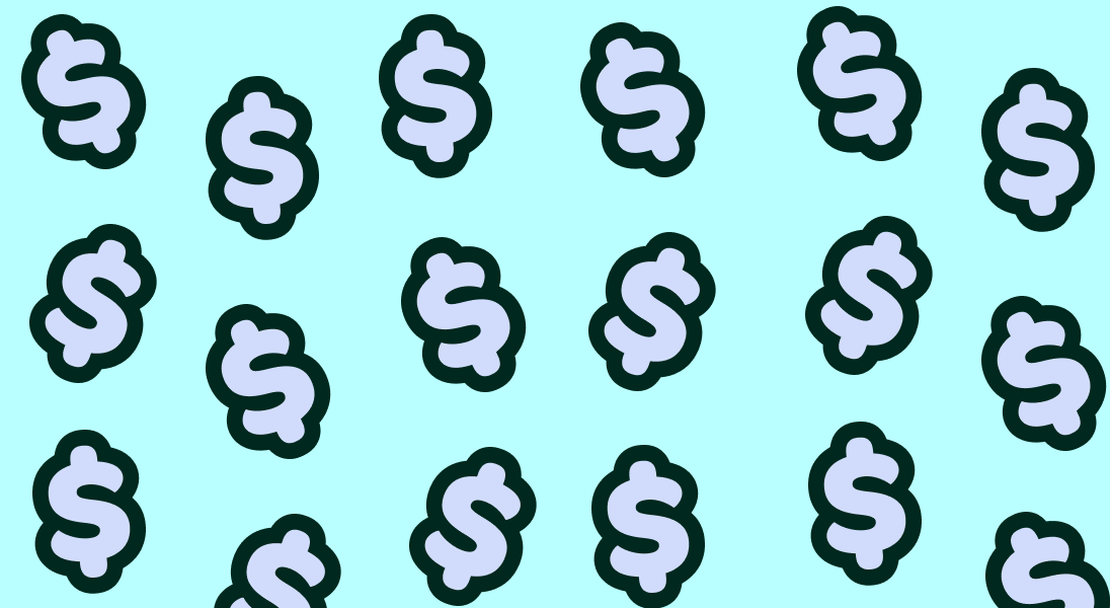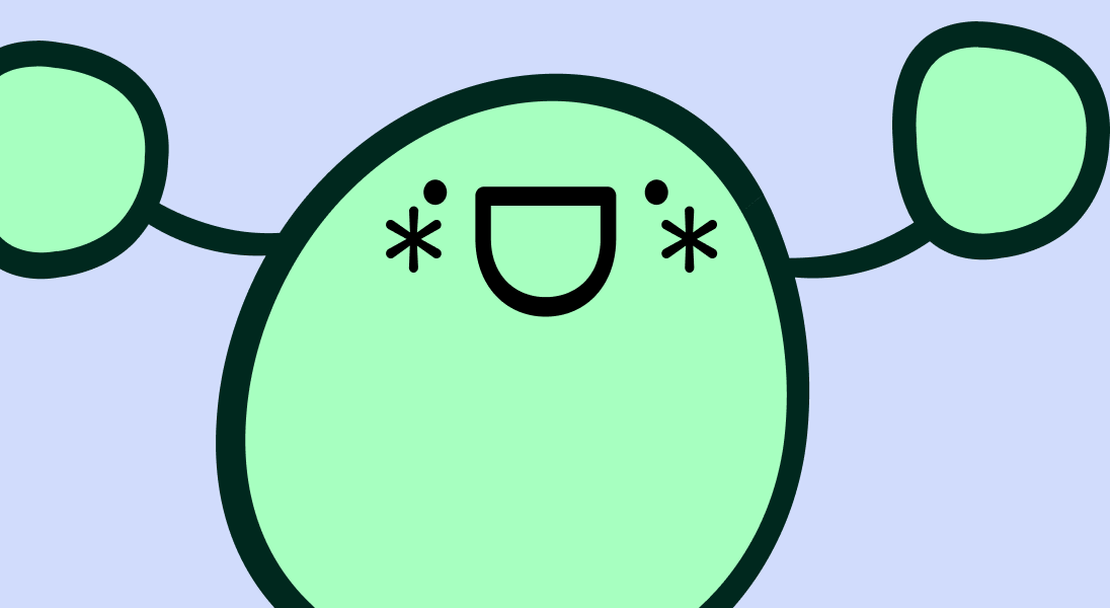
Retail Therapy: The Quick Fix That Could Lead to Buyer’s Remorse
-
Beatriz Macuco
- October 21, 2024
Table of Contents
Ever caught yourself saying, “I deserve this—it’ll make me feel better” right before making an impulse purchase? You’re far from alone. Retail therapy, or shopping to boost your mood, has become a popular way to cope with stress or sadness. It’s so common that millions of Instagram posts celebrate it as a form of modern self-care.
Is Retail Therapy Legit?
The short answer is no. Here’s the hidden truth: while retail therapy can bring a momentary high, it often fades quickly, leaving behind something far less enjoyable—buyer’s remorse. If you’ve ever felt regret after a shopping spree or wondered why that perfect purchase didn’t bring the happiness you expected, dopamine might be the culprit.
Want to know why shopping doesn’t always deliver the joy it promises? Let’s dive into the science of retail therapy, why it often backfires, and how to make more intentional choices that lead to lasting satisfaction.
What is the Meaning of Retail Treatment?
Retail therapy describes shopping as a way to boost your mood or manage negative emotions. On the surface, it seems harmless—after all, treating yourself after a tough day sounds reasonable. But while that initial thrill feels rewarding, the long-term consequences can be emotionally and financially draining.
Psychologically, retail therapy hinges on dopamine, the brain’s “reward chemical.” But here’s the catch: dopamine isn’t about experiencing pleasure—it’s about anticipating it. Browsing online or strolling through a store releases dopamine, sparking excitement about the happiness you imagine the purchase will bring. Unfortunately, that high fades quickly after the item is yours, often leaving regret or dissatisfaction in its wake.
How Many People Use Retail Therapy?
Retail therapy, or shopping to improve one’s mood, is a common behavior, according to a Deloitte survey on consumer behavior , the following trends highlight its prevalence:
- 64% of consumers report engaging in splurge spending.
- 40% of consumers splurge at least once a month.
- Among younger generations:
- 50% of Gen Z indulge in monthly splurge purchases.
- 48% of Millennials do the same.
- The primary motivations for splurge spending include:
- 50% of respondents cite self-reward as their reason.
- 40% of respondents do it to celebrate special occasions.
These statistics demonstrate how deeply retail therapy is ingrained in consumer behavior and the emotional factors driving these purchases.
Does Buying Things Release Dopamine?
Yes, when you shop, your brain releases dopamine, commonly known as the “feel-good” hormone. Many think that dopamine is all about pleasure, but as Michael Long and Daniel Z. Lieberman explain in The Molecule of More , it’s actually more complicated than that. Dopamine drives our desire, pushing us to chase after things we don’t yet have.
From an evolutionary standpoint, dopamine makes perfect sense. It motivates us to seek out food, shelter, and other essentials for survival. In the past, it pushed us to hunt, forage, and explore. But today, with endless options around us—like sugary snacks, alcohol, and shopping—this drive can lead us to overindulge.
Why Shopping Isn’t the Mood Fix You Think It Is
Here’s the crucial part: dopamine isn’t released when you get a reward but when you anticipate it. Once you finally make a purchase, your dopamine levels don’t return to normal—they actually drop below baseline. This dip can leave you feeling worse than before, prompting a cycle of chasing the next thrill.
To keep the excitement alive, the next purchase or activity often needs to be even more stimulating. If you rely on shopping to cope with low moods, you might find that your “happy fix” doesn’t work as well over time, leading to diminishing returns.
Think back to your last shopping spree. Did it truly make you feel better in the long run? Or did the thrill fade quickly, leaving you anxious, drained, or even a little sad? If shopping has become your go-to solution, it might be time to rethink the role it plays in your life.
What Are The Cons of Retail Therapy?
Another downside of retail therapy is how it justifies unnecessary purchases. That little voice saying, “I deserve this; it’ll cheer me up” might feel comforting in the moment. But afterward, you might still feel low—just with a lighter wallet. This can lead to buyer’s remorse and even financial strain over time.
Relying on retail therapy to improve your mood often leaves you worse off than when you started, both emotionally and financially.
How Do You Stop Emotional Spending: My Tried-and-True Approach
If you’ve ever turned to shopping to boost your mood, you’re not alone. I know the feeling all too well. Over time, I’ve realized that many of my purchases weren’t about the items themselves—they were about how I was feeling in the moment. To break the cycle of emotional spending, I’ve developed a few strategies that have not only helped me save money but also given me more control over my habits. Here’s what’s worked for me:
-
Pause and Reflect on Your Emotions
Before making a non-essential purchase, I take a moment to understand why I feel the urge to shop. Initially, I thought stress and anxiety were my main triggers. But after tracking my feelings, I noticed that boredom often pushed me to shop too. Recognizing these emotional triggers has been key to stopping the cycle before it starts. If you’ve ever wondered why you keep buying things you don’t need, this article on the habit loop explains how your shopping habits are shaped—and how to break free.Understanding your triggers is a powerful first step in breaking unhealthy patterns. Research supports this: Brad Dufrene conducted an interesting study on habit reversal that shows how identifying emotional triggers and replacing impulsive behaviors with healthier alternatives can make a lasting difference.
-
Set a Waiting Period
One habit that’s completely changed my spending is waiting. Anytime I feel the urge to buy something non-essential, I wait at least a full day before deciding. More often than not, I realize I don’t actually want or need the item.Studies back this up too—research on time constraints and consumer choice shows that slowing down your decision-making process can lead to better outcomes. Giving yourself time to reflect takes the emotion out of the equation.
-
Find Meaningful Alternatives
Shopping might feel like a quick fix, but it’s rarely the right solution for feelings. When I started identifying my emotional triggers, I also looked for healthier ways to cope.For example, if I’m feeling bored, I’ll call a friend, try out a new recipe, or plan an activity I genuinely enjoy. If I’m feeling down, stepping outside or engaging in something creative often helps. Remember, shopping can’t truly solve your emotions—it’s just a temporary distraction.
The Takeaway: Breaking the Cycle of Emotional Spending
These steps aren’t just ideas—they’ve transformed how I approach shopping and have helped me avoid the regret that often comes with impulsive purchases. By pausing to reflect on your emotions, setting a waiting period, and finding healthier alternatives, you can take control of your spending and make more intentional choices. Research supports these strategies, and they’ve made a significant difference in my own life. If you’re ready to break free from retail therapy and buyer’s remorse, these steps can help you build a more mindful and fulfilling relationship with your money.
If you’re ready to take control of your spending habits, Willow can help. Its wishlist feature allows you to save items you’re considering and set a reminder date, giving you the space to pause and reflect before deciding to buy. Alongside this, Willow uses a simple questionnaire to gather insights into your emotional triggers and spending patterns. These responses power your personalized insights view, helping you clearly understand your current habits and guiding you toward building more intentional ones.


